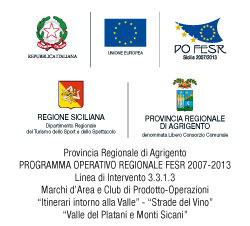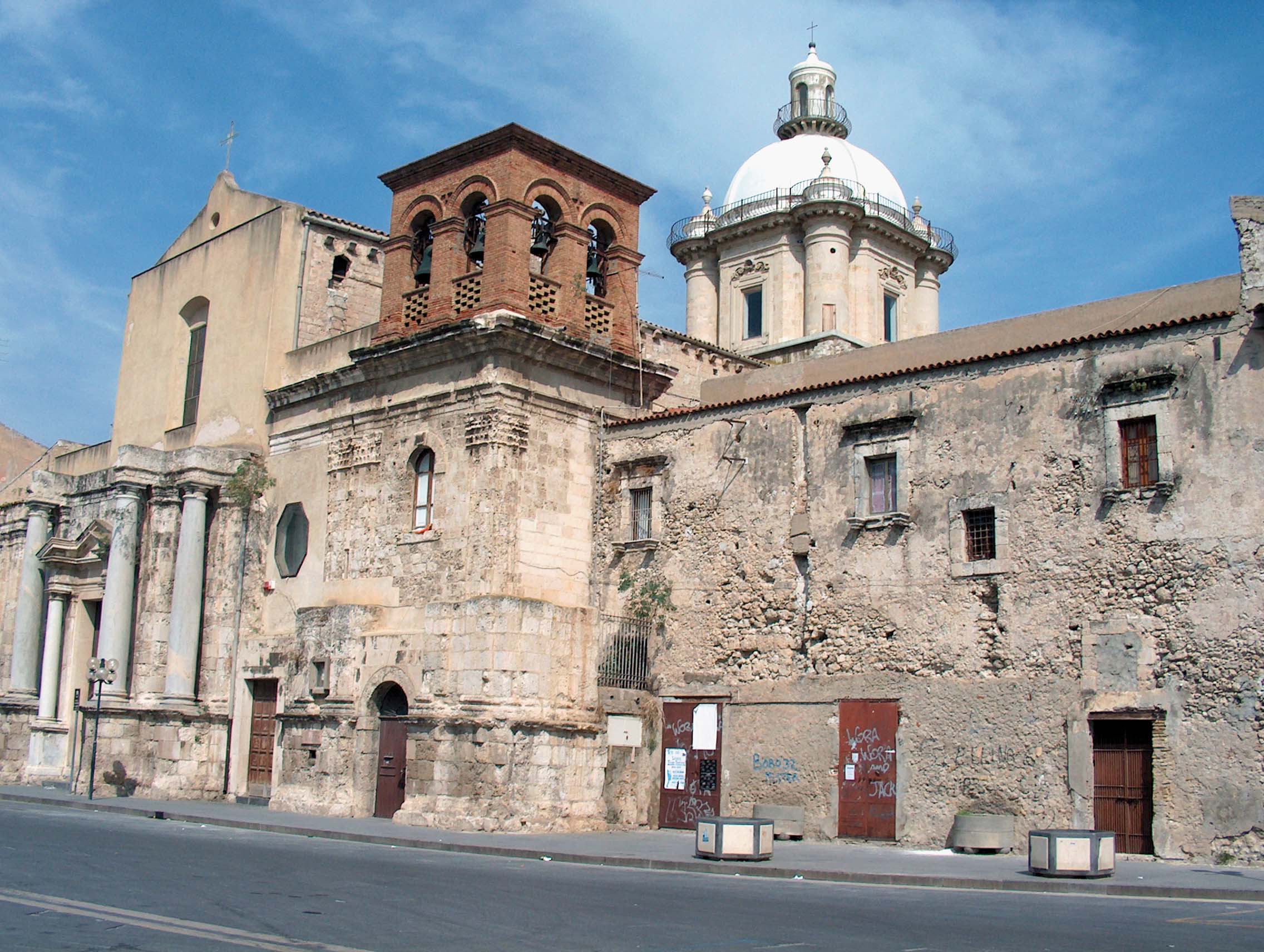
On the east coast of Agrigento about 45 km you get to Licata, commercial port of major importance, and an ideal destination for those in search of clean sea, beautiful scenery, art, history, fragrances and Mediterranean flavors.
Land of ancient civilization, the evolution plurimillennial documented by archaeological findings related to an extended period of time that comes from the Paleolithic to the Hellenistic-Roman period.
The favorable geographical location and proximity to the sea and approached several people interested, since the days more 'remote.
Several theories on the origin of the historical center. The prevailing view is that it traces the birth of the 282 to Licata. C. by the Finzia, tyrant of Agrigento that defeat Gela, led the survivors in the new city.
Even before the Greeks, between the twelfth and eighth century. BC, in late age 'of bronze, the territory of Licata was attended by the Phoenicians, and as a' document to be archaeological remains, inscriptions, epigraphic artifacts, which spotted the site of the first commercial stations straight on barter. After the Greek presence, it suffered the domination of many other people who, in the succession of centuries, conquered Sicily and it determined the historical path: Romans, Byzantines, Arabs, Normans, Swabians, Angevins, Aragonese, Castilians, Spanish, Savoy, Bourbon .
Monuments to visit
Licata offers tourists the opportunity to choose paths of cultural, artistic and svago.Partendo from its historic center, full of palaces, churches, monuments, streets and corners, glimpses of views, then get away and enjoy the charm its surroundings, the beauty of the sea, the variety of beaches.
We present, therefore, the thematic routes
Itinerary of Liberty
Licata, identified and known as the city of Liberty, offers its visitors the view and often visited by numerous monuments, sumptuous villas and precious decorations stored in its territory.
Progress Square, the center and heart of Licata, is the most representative showcase of Art Nouveau in the city. The symbol is the Town Hall, with the clock tower street. Designed in the early '900 by the most distinguished exponent of Art Nouveau Sicilian architect Ernesto Basile, completed in 1942, it became the Town Hall.
The City Palace is enhanced by the presence of two other prestigious buildings of the same style, the palace and the palace Arturo Navarra Verdigris Verdigris, this richly decorated and painted. Other realities of value: Re-building the Grillo Theatre and the King.
Captivating and engaging the park of Villa Liberty, beautiful, elegant and gracious homes built in the early '900, the nobles and burghers of the time, further enriched with the development of trade sulfur and port activities. The villas, designed by Filippo Re Grillo, a pupil of Ernesto Basile, are decorated with frescoes, floral and pastel colors, the painter Palermo Salvatore Gregorietti.
Cultural Route religious
Exciting route that winds through the streets, alleys, stairways, harmonious clearings in the center of Licata, dotted with numerous churches, chests of remarkable works of art.
First stop, the Church of San Francesco, an exemplary witness of the Sicilian Baroque. Inside you have the opportunity to admire a rare and valuable realization of wood carving that adorns the chapel of the Immaculate seventeenth century, with a central sculpture of the same bill of the Assumption.
Following Santa Maria Nuova (Duomo). Consecrated and inaugurated in 1508, it was built in conjunction with the demographic expansion of the city to equip the faithful to a more spacious and imposing Cathedral of the existing Santa Maria La Vetere. The Cathedral, divided into three naves of the Renaissance style, is decorated with frescoes, paintings, sculptures, statues and wooden panels of fine workmanship. From such magnificence stands throughout the Chapel of the Black Christ with the imposing crucifix, which captures the attention and devotion of visitors. Singular artistic value and religious evidence of the splendor of the Baroque style made explicit, finely decorated and refined wooden inlay.
Near the Church St. Angelo. Church symbol of the city that houses the relics of the patron saint. Built on the site of the martyrdom of the saint, the first reference to its existence dates back to 1308. Of significant value and haunting beauty the artistic heritage preserved in the interior: paintings from the '600, Sant'Angelo in ecstasy, the martyrdom of Sant'Angelo , the painting Ecce Homo and some wooden statues of the '700 reproducing sacred figures. But the interest of the visitor is attracted by the original chapel of Sant'Angelo, on the left side of the nave, in which, set among valuable paintings of the '700, shines the silver urn, richly storied, which houses the relics the Patron Saint. The chapel is bordered by an artistic gate of 1680.
Also worth a visit the adjoining convent of the seventeenth century, restored with the cloister that catches the eyes, the mind and the soul.
Near the monastery is the Church of S.S. Salvatore seat of the Brotherhood that fascinates visitors and faithful to the sequence of paintings reproducing episodes of the New Testament.
A short distance away, the Church of San Domenico. Baroque is inclusive of the convent. Inside you can see two paintings of 1600 by the Florentine painter Filippo Paladini. One is St. Anthony Abbot and stories of his life. The other 1611 shows the Trinity and the Saints.
The next visit is aimed at church-Convento del Carmine. Directly it affects the eyes and goes straight to the heart of the elevation view of the baroque church of the Convento del Carmine. Of medieval origin, the structure of the monastery was built between the thirteenth and fourteenth century, it was remodeled several times. In the '700 it has been realized that the portal, impressive and sophisticated, enhances the entire complex and characterizes it as one of the most representative monuments of Licata.
Far from the town, scattered along the paths perched on the hillside, towering many churches whose visit is accompanied by the experience of a bucolic walk, refreshing the body and soul. The Church Our Lady of Pompeii dating from the fifteenth century is situated on a square overlooking the city and the sea. Small in size with a simple architectural scheme, it has within it a painting of Our Lady of the Rosary with Child and Saints of 1897 John Cammarata. Further down the Byzantine Church Rock, near the cemetery of the Capuchins. Built into the rock is also interesting for the evocative panorama that gives the vision of one of the most beautiful places in the province of Agrigento.
Archaeological itinerary
Surprising and high value is the archaeological heritage of Licata, full of charm, full of testimonies and indelible footprints highlight the history of this town.
A special mention to Castel Sant'Angelo, seventeenth-century fortress, built by the Spaniards on the mountain to guard and custody of the river Salso, the coast and the Plains of Licata.
I Borghi
The quaint villages that have marked the path of civilization, the urban structure, the view of Licata and that survived, while maintaining their attractiveness over time.
Borgo San Paolo: the name of the site is due to the presence of citizens of Malta in 1565, and the attack of the Turkish sailors, took refuge in Licata and, following a new immigration of 1645 gave birth to the first village "outside the walls "that, built at the foot of the north-eastern Monte Sant'Angelo, was dedicated to St. Paul, the patron of Malta. The architecture and urban planning of the district "Maltese" St. Paul is easily identifiable and pleasantly accessible to visitors.
The second stage is aimed at the Marina Village. Rigor of the visit to this picturesque village that, mirroring in the sea of Licata, welcomes visitors to a world of profound harmony that comes to heart emotionally. The route between alleys, narrow streets and narrow, charming corners, courtyards, beams, can plunge into an atmosphere rich in history and culture. Of Arab origin, the village witnessed, during the Middle Ages, the economic expansion of Licata, connected to the thriving grain trade and the prominence of the port.
Nearby, a reminder that we must not shirk: the visit to the shipyards. Place of fatigue and irresistible charm, boast a very ancient tradition. Their origin dates back to the fourth century. C. when the first boats arrived in Licata.
The Coast - Sea and Beaches
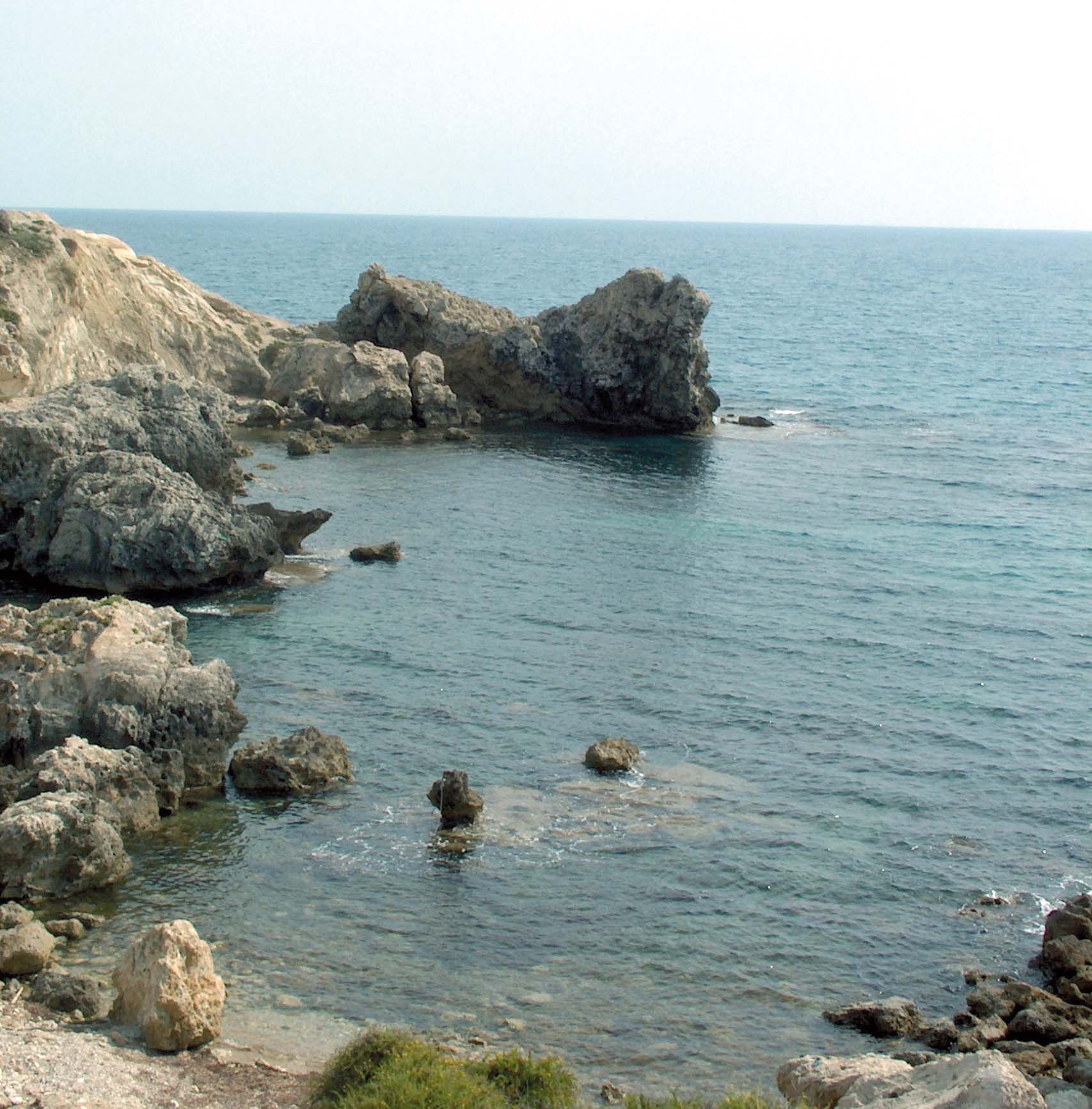
The territory of Licata has about 20 km of coastline very heterogeneous, characterized by the wide sandy beaches to the east of the city, high cliffs, coves, cliffs, pebble beaches and sandy stretches to the west.
A typical that can satisfy different needs and details of bathers regulars and tourists. A reality landscape of rare and unique beauty that along with the crystal clear sea, clean air, the beautiful panoramic views make Licata a tourist attraction very interesting.
The most popular beaches: Playa, Mollarella and Poliscia, crowded and famous, are naturally sandy and served by efficient beaches.
Of particular beauty Marianello, west of the port, below a hill of clay marked by the erosive action of atmospheric agents which over time has given shape to the stepped degrading, so-called "timpe", a wonder of nature that presents itself in all its magnificence and remains engraved in memory.
And yet the rugged charm and lonely beach Nicolizia, enhanced by the rear side with the typical Mediterranean vegetation. The typical local "Balatazze": flat-shaped rocks that emerge from the water clear and manifest the imaginative beauty of nature.
Among Nicolizia and Marianello faces, in the clear blue sea of Licata, a magnificent bay, the Pillars. A corner of paradise from spectacular scenery that takes you back in time. Not only metaphorically, if the Copper Age attributed the finds in this place and the Archaeological Museum of Licata.
And yet, the beach of Torre San Nicola, the islet of St. Nicholas, the spiggia of Giummarella, the beach Pisciotto, and Torre di Gaffe, by the tower control of the sixteenth century. Torre di Gaffe beach is the border between Licata and Palma de Lichtenberg, it is a gem of golden sand and exposed to winds that attract surfers and kite surfing (surf with the kite) from all parts of Sicily. Lapped by the turquoise waters of the clear sea is renowned and sought after for its spectacular scenic landscape. (to know more)
The Marina - Marina di Cala del Sole
Marina di Cala del Sole is the new modern harbor of Licata. Located in the center of the Mediterranean, it is the ideal base for those who make the route to the islands of Malta, Gozo, Pantelleria, Lampedusa, Linosa, Egadi, or to Spain, Greece, Turkey and North Africa.
With over 1,500 berths for boats up to 70 meters, in a basin with safe and excellent services, Marina di Cala del Sole is an integrated system between the sea, the water-front and surrounding area: The marina is full of green areas, pedestrian and cycling, with elegant shopping areas and entertainment, two residential villages where to buy or rent a home, all just a few meters from the historic baroque Licata.

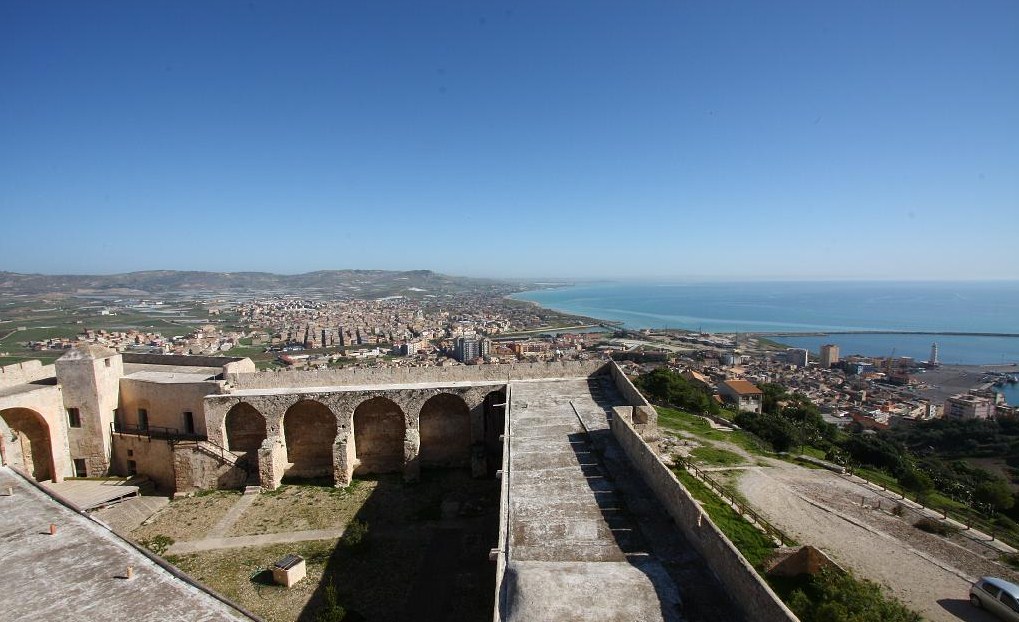 Sant’Angelo Castle
Sant’Angelo Castle
 Archeological Site of Licata - From the bronze age to the Greek-Roman settlements
Archeological Site of Licata - From the bronze age to the Greek-Roman settlements
 The meeting between cooking from "the land" and the "sea"
The meeting between cooking from "the land" and the "sea"
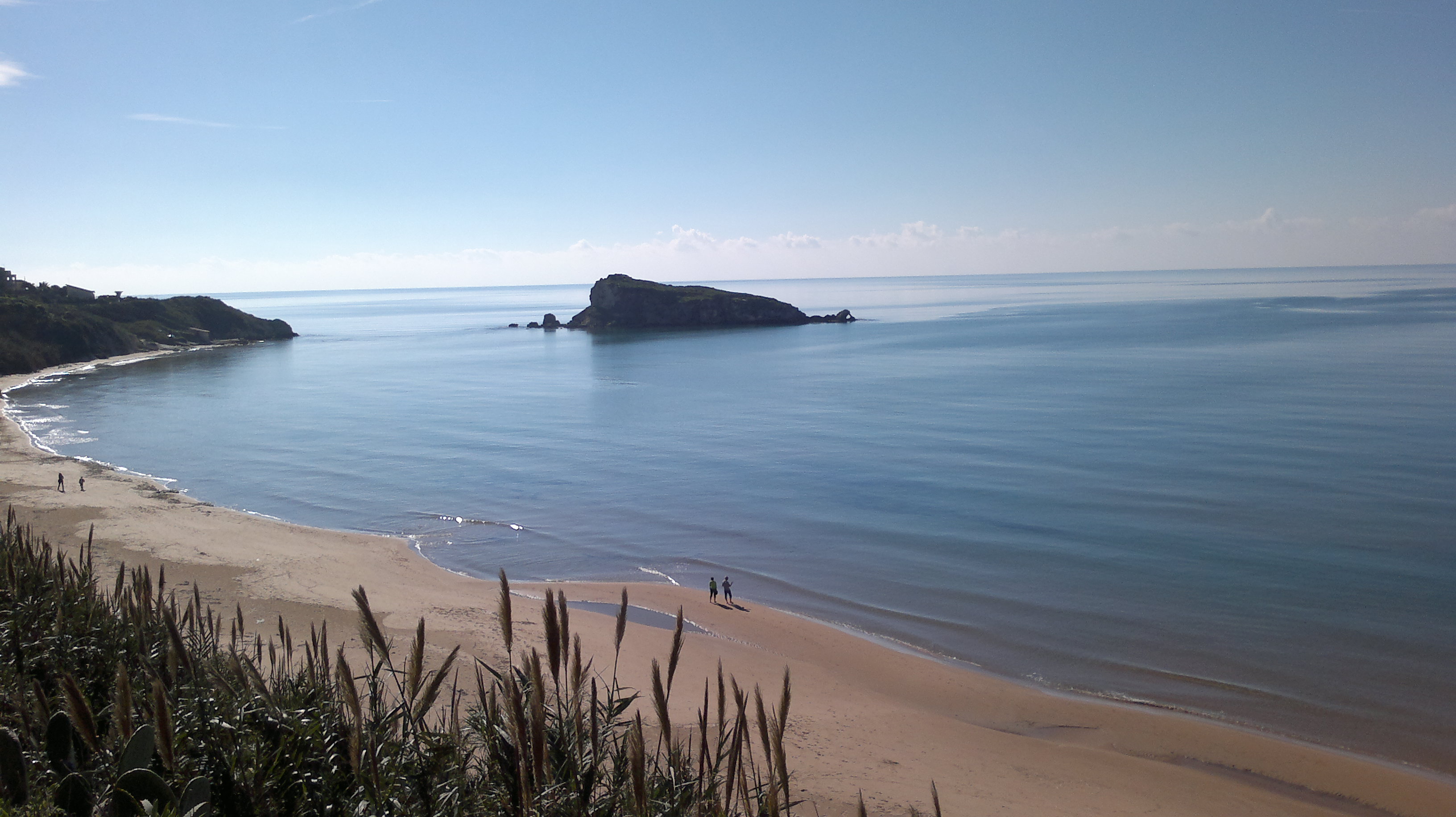 The discovery of the coast - 2 routes to the east between the sea and inland
The discovery of the coast - 2 routes to the east between the sea and inland
